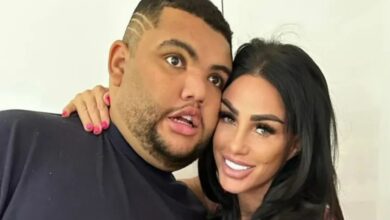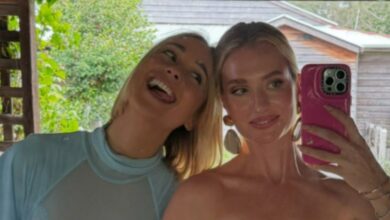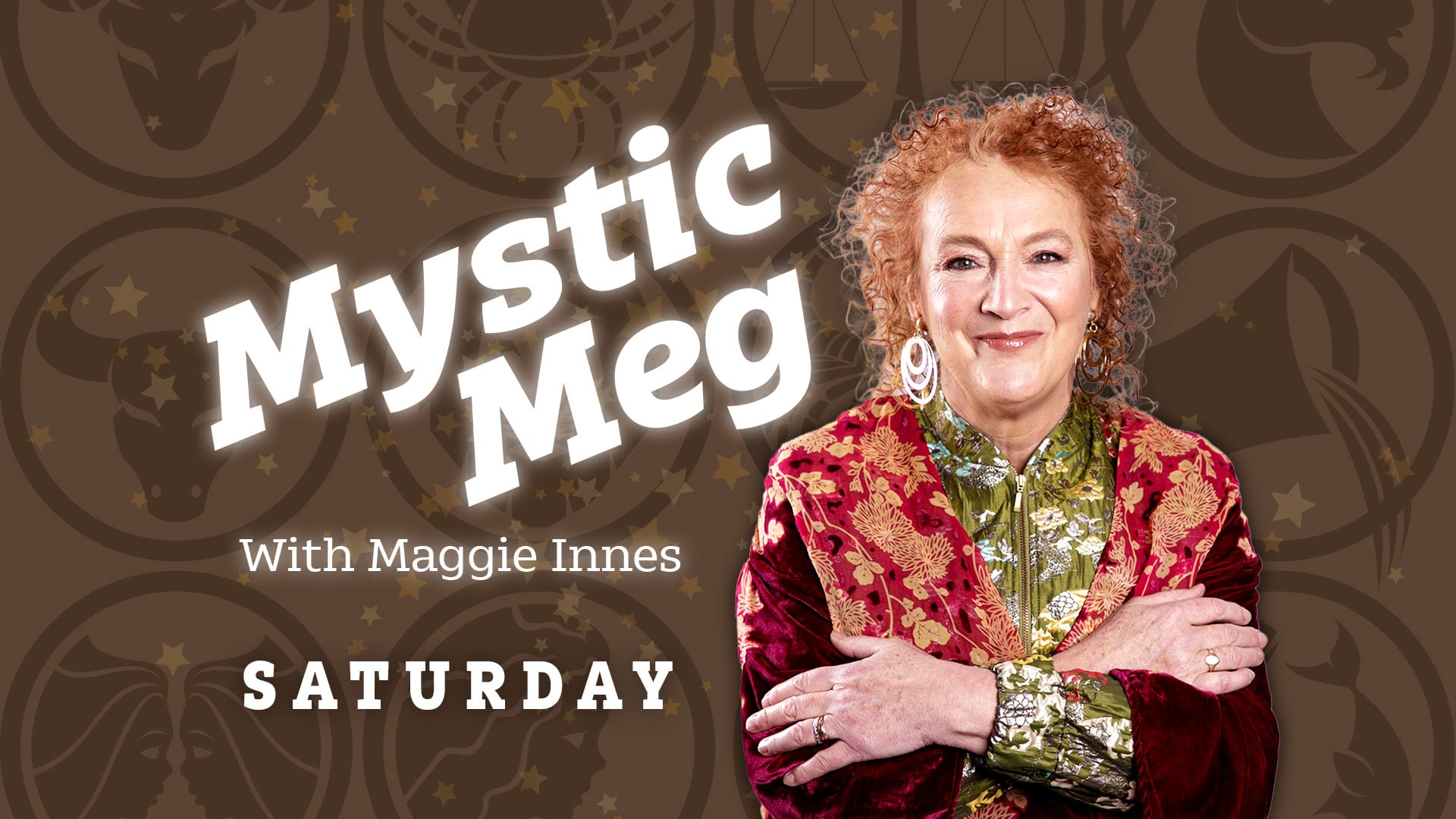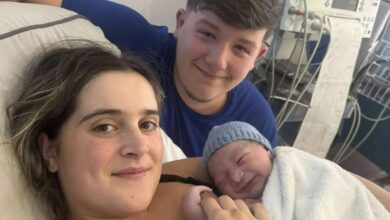I was the world’s first ever test tube baby – trolls called me ‘Frankenbaby’
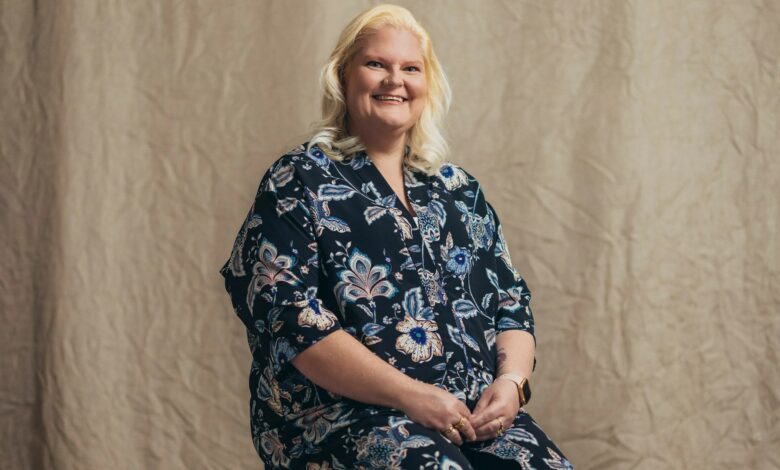

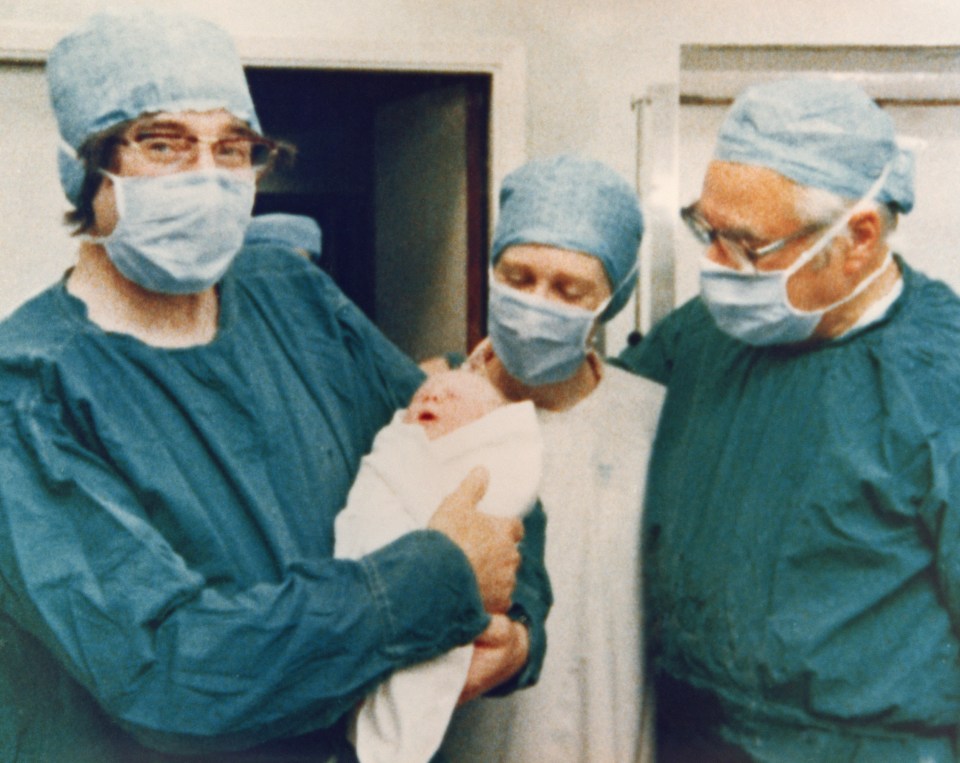

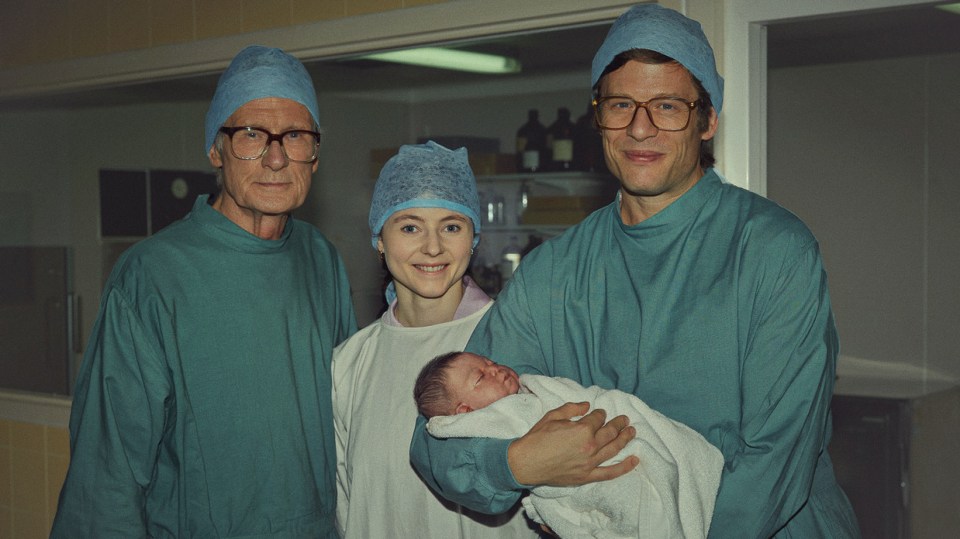


NEARLY fifty years after her birth made global headlines, Louise Brown is used to strangers saying, “Thank you.”
But the 46-year-old bakery worker, the world’s first IVF baby, hopes a new film will heap some well-deserved praise on the British pioneers who developed the ‘miracle technique’, despite huge controversy at the time.
Netflix drama Joy – named after Louise’s middle name – reveals the sacrifices made by determined trio Robert Edwards, Jean Purdy and Patrick Steptoe.
Scientist Robert was forced to work 170 miles from his parental home because the medical community would not fund his research.
Embryology nurse Jean had a conflict with her religious mother.
And gynecologist-surgeon Patrick had to postpone his retirement dreams.
Worse still, ‘Frankenbabies’ were plastered on the wall of their clinic, they received death threats and nasty messages were sent to newborn Louise.
Perfect candidate
Skeptics demanded proof that Louise’s mother Lesley was actually infertile, claiming the baby would be abnormal.
But on July 25, 1978, a perfectly healthy Louise was born, proving them wrong – as did the arrival of another twelve million IVF babies since then.
It has taken a long time for the dedicated team to be praised, with Jean and Patrick both dying before the Nobel Committee recognized this incredible achievement in 2010.
The award cannot be presented posthumously, so only Sir Robert was named on the award.
Louise says in an exclusive interview: “I still get people coming up to me and saying, ‘Oh, you’re amazing’.
And I said, ‘I didn’t do anything, it was mom and dad and the three doctors.’
“They are lovely people who want to thank them.
“It’s a shame they can’t be here to see the movie, and my mom wasn’t there to watch the movie with me.”
The film will be released on the streaming service this Friday and stars James Norton as Robert, Bill Nighy as Patrick and Thomasin McKenzie as Jean.
Dr. Edwards began researching fertilization in 1955 and hired Jean for his laboratory at the University of Cambridge in 1968.
That year he successfully fertilized a human embryo.
Patrick was called in to find a way to safely and successfully place the fertilized egg into the uterus.
With the medical board unwilling to fund the research, the trio had to set up a clinic in 1969 on a crumbling, disused ward of the Royal Oldham Hospital, where Robert had worked.
That meant a lot of traveling for father-of-five Robert, whose family remained in Cambridge, and the growing fame of their Center for Human Reproduction was also worrying.
Louise, who still lives in Bristol, says: “A lot of effort went into staying away from their families, and Jean had a falling out with her mother, who was very religious.”
Both the Church of England and the Catholic Church were against science having a hand in childbirth.
Of the first 100 expectant mothers, only one became pregnant, which tragically resulted in an ectopic pregnancy – where the fertilized egg has implanted outside the uterus and cannot develop properly.
That all changed when Robert decided to ditch the growth hormone he was using to stimulate a patient’s ovaries and instead use the one egg they produced naturally each month.
Louise says: “My mother had been trying to get pregnant for about ten years.
“She went to her local GP who diagnosed her with depression because she couldn’t get pregnant.”
Lesley was referred to a specialist who said there was “a million to one chance she would have a baby” because her fallopian tubes were blocked.
They advised her to see Dr. Steptoe.
Louise continues: “Mum went to Oldham to meet Patrick Steptoe and he said she was the perfect candidate.”
But she had to undergo gynecological surgery to fix other problems in her uterus before IVF could even be tried.
That operation was not available on the NHS so had to be carried out privately.
Everyone at school was curious.
Louise Brown
Luckily her truck driver father John had won £500 from the football pools so they could afford it.
Even though it was an experimental procedure, Lesley had completely trusted Dr. Steptoe.
Louise says with a smile: “As soon as she met Patrick, she felt like he could help her get pregnant.
“And she said, ‘I feel pregnant’ after the egg implantation.
“She completely trusted Patrick, Bob and Jean.
“If they had said go to Trafalgar Square and stand naked on your head and you will get pregnant, they would have done that.”
Louise adds: “It was like the 101st attempt, one egg, with my dad’s sperm, and it worked.”
Because Lesley suffered from pre-eclampsia, Louise was born by planned caesarean section in the Oldham District and General Hospital, while the world’s media camped outside.
The birth was videotaped, so there was footage of Lesley’s reproductive organs to prove that she couldn’t have become pregnant naturally.
And baby Louise was thoroughly examined and pricked to determine that scientific intervention had not harmed her.
Even her fingerprints were taken, leaving stains on the newborn’s tiny nails.
She explains: “When I was born, I had more than 100 tests.
Drama is a tribute
“I had black in my nails – my mother got quite angry about that.
“But they took my fingerprints.
“I haven’t had any additional tests since because when I was born I had no problems.”
When the proud new parents returned to their home in Bristol, they received mountains of mail, some of it threatening.
Louise says: “Not long after I was born, I received a package at home.
“There was a test tube in a box and it was broken.
“And there was red ink, which I assume was blood, with a little fetus in it.
“And it just said, ‘We’re coming to get you.’
“Mom was a little uncomfortable.”
The term “test tube baby” always frustrated the Brown family because it didn’t involve anyone.
Louise says: “At school everyone was curious.
“They always said, ‘Oh, were you actually born in a test tube?’ And I always said, ‘No, don’t be stupid, it was a petri dish.’
Although she was joking, a petri dish did play a role in Louise’s creation.
Her mother’s egg was fertilized in one, with John’s sperm, and the resulting embryo was grown in an incubator before being implanted in Lesley’s womb.
Much of the Netflix film focuses on Jean, who Louise doesn’t remember because she was only seven when the nurse died of cancer in 1985 at the age of 39.
Even though they were not successful, they helped pave the way.
Louise Brown
Robert waged a long campaign to ensure that Jean would receive the same recognition as himself and Patrick, who died in 1988 aged 74.
He also complained when her name was not included on a plaque at Oldham hospital in 1980.
But it was not until 2022 that this omission was corrected.
The drama also pays tribute to the women who took part in the trio’s trial and error process, knowing there was a good chance it wouldn’t work out.
Louise says: “Without them I wouldn’t be here.
“Even though they were not successful, they helped pave the way.”
When Louise became a mother herself and fathered Cameron, 17, and Aiden, 11, she naturally understood better what the women had been through.
She adds, “You don’t really understand it until you have children.
“When I had my sons, I realized that feeling.
“I realized how good those people were.”
Pioneering process
Dr. Edwards kept close contact with Louise and even attended her wedding to security guard Wesley Mullinder, 53, in 2004.
She says: “I’m still in touch with his family now, which is wonderful.”
Louise’s sister Natalie, 42, was also conceived through the groundbreaking process four years later, becoming the world’s 40th IVF child.
Both of Louise’s parents are deceased. Lesley died in 2012 at the age of 64 after developing blood poisoning while being treated in hospital for gallstones. John died of lung cancer in 2007, also at the age of 64.
Normally, Louise talks about Jean, Patrick and Robert because she wants them to be remembered.
She concludes: “They did it for twelve million of us.
‘I owe them my life.
“I would do anything for any of them, my parents and the three scientists.
“Without the five of them and their determination, I wouldn’t be here.”
- Joy (12A) can be streamed on Netflix from November 22 and can now be seen in cinemas.







